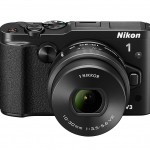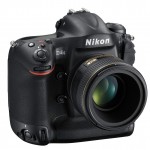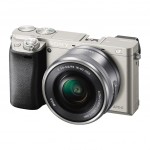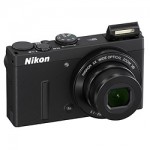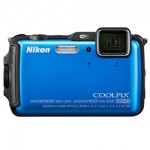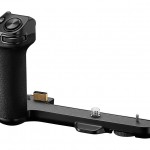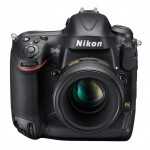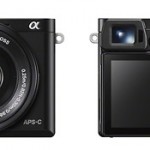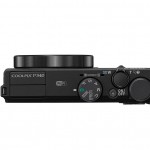Hello:
My name is PhotoChief from my days as a U. S. Navy Photographer. I have over 54 years as a photographer....50-years as a film still photographer including 21 years as a U. S. Navy Photographer. I have been trying to switch to digital for the last 3+ years and am now getting serious about it by purchasing my first Canon digital camera. Now I am lost. I need some help with trying to figure out my Canon Ds1 Mark III. Everything is different from my NikonF3's and Pentax 6X7cm cameras I used for years. Where do I start? I know most photographic theory but not digital relationship theory. Help!
Thanks for inviting me on to your forum. I hope I am on the right one for my beginner/advanced questions.
PhotoChief




 LinkBack URL
LinkBack URL About LinkBacks
About LinkBacks



 Reply With Quote
Reply With Quote
